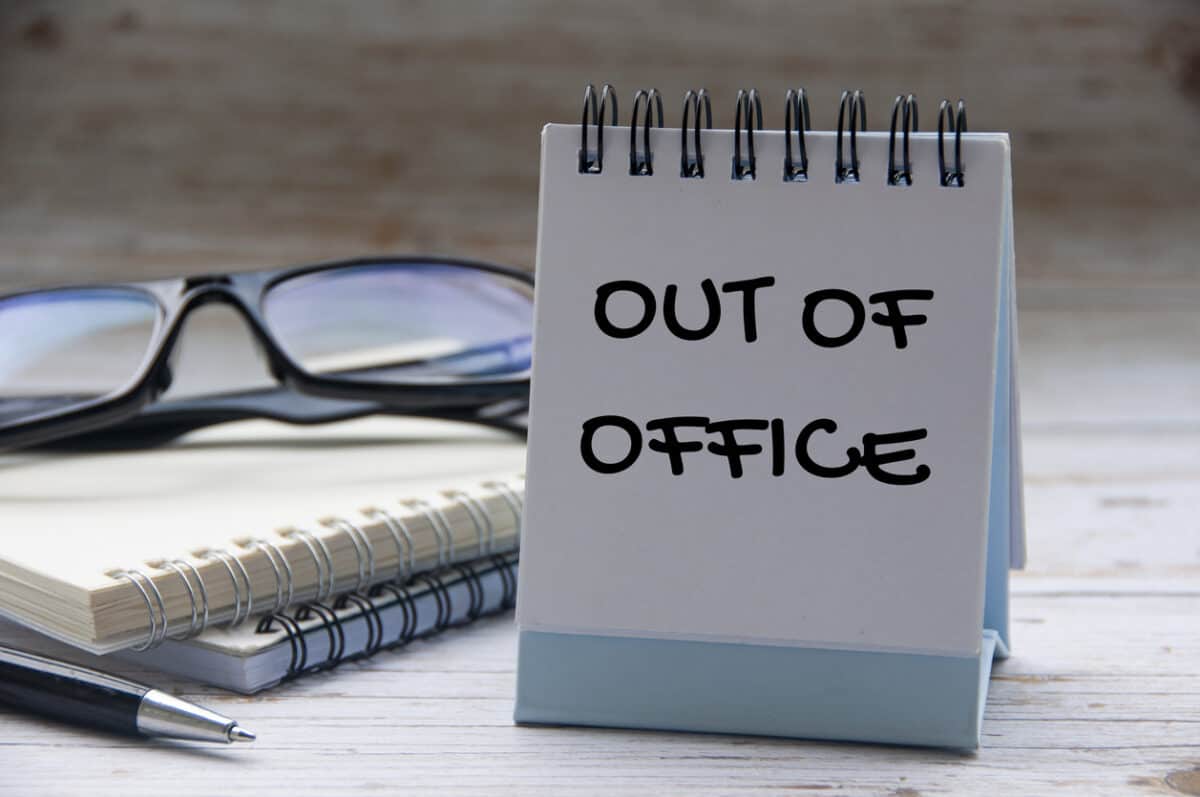Last week, SafeWork New South Wales progressed the management of psychosocial hazards at work with the release of its Designing Work to Manage Psychosocial Risks guidance. This document has been a long time coming and offers significant advice on how work and people management needs to change in order to prevent psychosocial hazards. However, its implementation is likely to generate considerable opposition and confusion, or even organisational shock, if it is not able to convince employers of increased profitability and productivity from making the change.
Category: law
Purposeful or lazy discussion of Right-To-Disconnect and Working-From-Home?
There is a curious development in the current discussion in Australia about the newly introduced Right-To-Disconnect (RTD). Many are conflating RTD with Working From Home (WFH) – two separate but slightly overlapping changes to the world of work – which is impeding valid and necessary discussion.
Working From Home largely emerged as a response to the coronavirus pandemic and used flimsy work structures to provide business continuity. The WFH arrangements would have been unlikely to have been so widespread without the federal government’s investment in the National Broadband Network and the commercial growth in mobile phone communication infrastructure. However, that same infrastructure and investment have contributed to the problem that Right-To-Disconnect is intended to address.
Right-To-Disconnect changes need a strategy for acceptance
On February 11, 2024, the Insiders program had a curious discussion on the Right-To-Disconnect. Different generational perspectives, industry perspectives, and a curious denial were present.
Last week, the Australian Parliament passed workplace relations legislation that included a Right-To-Disconnect.
Insiders’ host, David Speers, asked Jacob Greber of the Australian Financial Review to explain the probable workplace changes (it was a poor summary):
The “Right to Disconnect” should have been “Obligation-To-Leave-Workers-Alone”
The Australian Greens announced on February 7, 2024, that the Right-To-Disconnect (RTD) bill would pass Parliament as part of workplace relations reforms. On February 8, 2024, the mainstream media wrote as if the laws had already been passed. However, several issues with these laws indicate they are unlikely to be applied in practice as widely as advocates claim and in the way anticipated.
The closer the RTD laws come to reality, the more useless they appear.
Economics, OHS and Alchemy
In many Australian businesses, “program is king”. Deadlines must be met, whatever the circumstances. Occupational health and safety (OHS) advisers often bristle at this reality because they know that health and safety will be sacrificed to meet those deadlines. If this reality is to be changed, it is necessary to pay more attention to economics and its influence on the decision-making of business owners, and not just on the OHS effects of those decisions.
In Sociology: A Very Short Introduction Steve Bruce says:
“Most disciplines can be described by the focus of their attention or by their basic assumptions: we could say that economists study the economy or that they assume that a fundamental principle of human behaviour is the desire to “maximise utility”. If we can buy an identical product in two shops at two different prices, we will buy the cheaper one. From that simple assumption an increasingly complex web is spun.”
page 18
What makes Victoria think it is so special?
The Victorian government has released the final report of the Legislative Council Economy and Infrastructure Committee’s inquiry into the Workplace Injury Rehabilitation and Compensation Amendment (WorkCover Scheme Modernisation) Bill. Many readers will already be asleep after that sentence. Forgive me, it is accurate, but is the report of any use? It certainly progresses the debate on psychosocial regulations.
Inaccuracies in AAP article on truck-related fatalities and penalty
Denise Zumpe is an Australian occupational health and safety (OHS) professional who focuses on workplace health and safety matters in the transport sector. Below is a letter that she intended to send to The Age and writer Esther Linder outlining some inaccuracies in an Australian Associated Press article (paywalled) concerning the jailing of Cris Large, a court case discussed in an earlier SafetyAtWorkBlog article.
“A former transport executive has been jailed for up to three years for his reckless workplace behaviour in the lead-up to a crash that killed four police officers on Melbourne’s Eastern Freeway.”
The AAP article appeared in a number of Australian media. An amended version appeared on ABC News.







